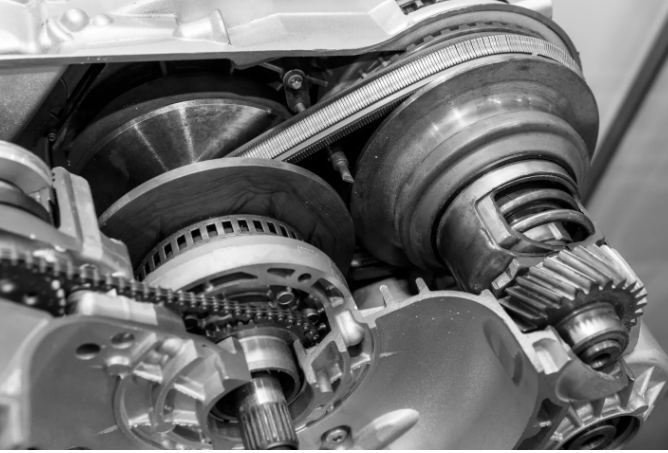SCHEDULE AN APPOINTMENT TODAY - CALL US (210) 490-4411
Blog Post
Top Causes of Slipping Transmissions
Darin Rinn • June 28, 2024

Transmission slipping can be a frustrating and potentially dangerous issue for vehicle owners. Understanding the causes can help in diagnosing and fixing the problem. Here are some of the top causes of slipping transmissions:
1. Worn Out Clutches:
One of the most common causes of a slipping transmission is worn out clutches. Clutches are responsible for engaging and disengaging the gears in a manual transmission or the automatic transmission's torque converter. Over time, clutches can become worn out due to regular use eventually lose their ability to grip the gears properly. This can result in slipping gears and difficulty shifting.
Preventive Maintenance Tip: Regularly inspect and replace clutch components as needed to ensure smooth operation of the transmission.
Troubleshooting Tip: If you notice delayed or rough shifting, it may indicate worn out clutches. Have a professional mechanic inspect and replace the clutch components if necessary.
2. Low Transmission Fluid Levels:
Another common cause of slipping transmissions is low transmission fluid levels. Transmission fluid lubricates the moving parts inside the transmission and helps regulate the transmission's temperature. If the fluid level is low, it can lead to increased friction and overheating, which can cause the transmission to slip.
Preventive Maintenance Tip: Check the transmission fluid level regularly and top it up if needed to ensure proper lubrication and cooling of the transmission.
Troubleshooting Tip: If you notice fluid leaks or a burning smell coming from the transmission, it may indicate low transmission fluid levels. Check the fluid level and top it up as required.
3. Faulty Solenoids:
Solenoids are electrical components that control the flow of transmission fluid and engage the gears in an automatic transmission. If a solenoid is faulty or malfunctioning, it can cause a slipping transmission. Common issues with solenoids include electrical failures, blockages, or mechanical malfunctions.
Prevention Tips:
- Regular Maintenance: Follow your vehicle's maintenance schedule for fluid changes and inspections.
- Prompt Repairs: Address any transmission issues as soon as they arise to prevent further damage.
- Proper Driving Habits: Avoid aggressive driving, which can put extra strain on the transmission
Troubleshooting Tip:
If you experience delayed or erratic shifting, it may indicate a problem with the solenoids. Have a professional mechanic diagnose and replace any faulty solenoids if necessary.
In conclusion, a slipping transmission can be caused by various factors such as worn-out clutches, low transmission fluid levels, and faulty solenoids. By regularly inspecting and maintaining these components, you can prevent transmission problems and ensure smooth operation of your vehicle. If you encounter any issues with your transmission, it's important to have them addressed promptly by a qualified mechanic to avoid further damage, Contact Access Transmission today
to access the problem.
